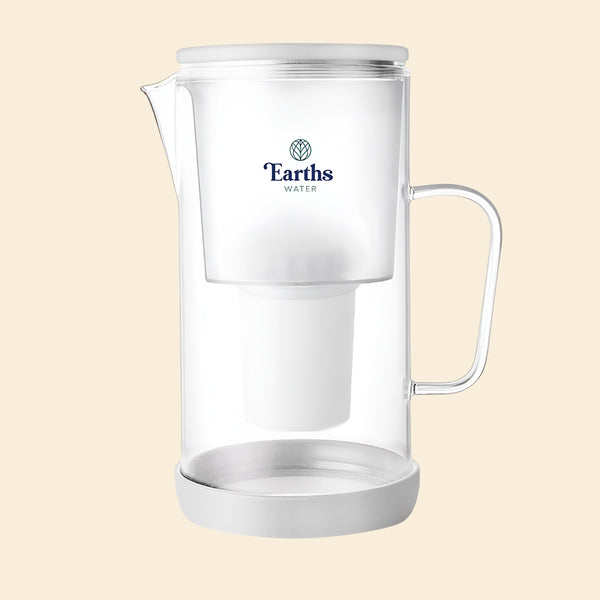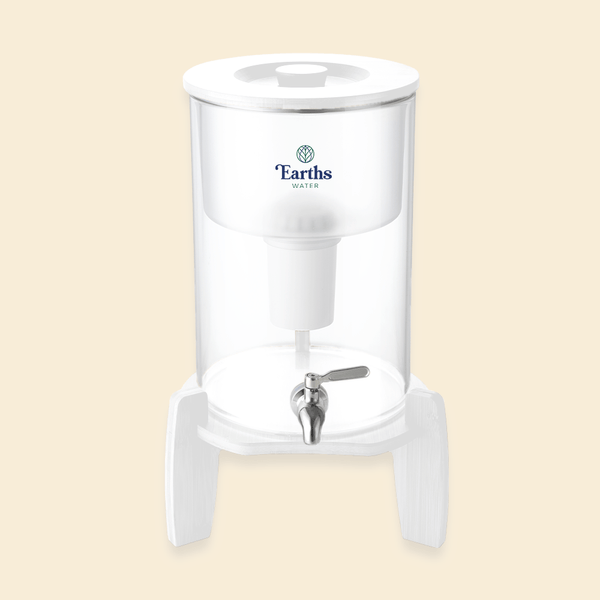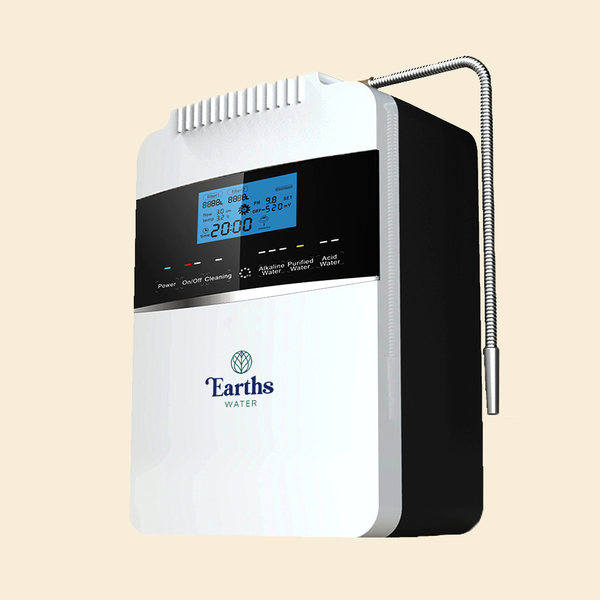Ever wonder what those fancy water ionisers are all about? Think of them as your kitchen's personal hype machine for turning boring tap water into healthier, alkaline water.
But wait! Before you invest in one of these shiny gadgets, there's a catch: your water source is EVERYTHING. Think of it this way—you wouldn't make a top-shelf cocktail with bottom-shelf ingredients, would you?
The same goes for your ioniser! The water you use makes or breaks those alkaline superpowers.
Tap Water: The Convenient... but Kinda Sketchy Choice
Let's be real: tap water is like the reliable friend you always take for granted. It's there when you need it, and hey, it usually has disinfectants to keep the creepy crawlies away. That's a plus, right?

But let's not get ahead of ourselves. Tap water has a wild side, like that friend who always shows up with mystery takeout. It can be a mixed bag of chlorine (hello, swimming pool vibes!), chloramines, and who knows what other surprises. Maybe not the ideal ingredients for your alkaline water dreams.
Let's break down the good, the bad, and the slightly questionable when it comes to tap water:
The Good Side
Let's give credit where it's due—tap water does have some perks:
- Readily available: Tap water wins the award for being the most convenient water source. A simple twist of your faucet, and you have water on demand! No trips to the store, no lugging heavy bottles, and no waiting for deliveries. This convenience factor is especially significant if you use your ioniser frequently.
- Generally safe: Municipal water treatment plants, while not foolproof, offer protection against waterborne diseases. Disinfection with chlorine (or chloramines) helps eliminate many harmful bacteria, viruses, and other microorganisms that could make you sick. This basic treatment provides a degree of safety when consuming tap water directly.
- Affordable: Compared to the ongoing expense of bottled waters, using tap water for your ioniser is incredibly cost-effective. Sure, you might invest in a pre-filter, but the day-to-day cost of tap water is practically nothing, making it a wallet-friendly choice for many households.
The Bad Side
Now, let's be honest: tap water has a shady side, too:
- Chlorine and Chloramines: Sure, chlorine and chloramines are the bouncers keeping nasty bacteria out of your water, but they can also be total buzzkills for your taste buds. They leave that lingering “swimming pool” taste and smell that's not inviting. Plus, they can potentially mess with the whole ionisation process—it's like trying to mix a fancy cocktail with off-tasting ingredients.
The good thing is, there are easy solutions! Carbon filters are a popular choice, and products like Earths Water are specifically designed to neutralise these chemicals and improve the taste of your tap water.
- Lingering Contaminants: Even with safety measures, you might still have a few questionable ingredients in the mix. Depending on where you live, traces of pesticides, heavy metals, or leftover industrial chemicals could lurk in your water—not exactly what you want to serve to your ioniser!
- Hard Water: Living in a hard water zone is like dealing with a messy houseguest. All those minerals (calcium, magnesium, etc.) might be good for you, but they're notorious for leaving crusty buildups inside your ioniser. That means making it work harder and potentially messing with its performance.
The "Wild West" of Water: Well Water
If you're rocking a well, you're already off the grid in the water department. That means you might have dodged some of the usual nasties found in city water. But hold your horses!

Wells come with their own unique set of surprises—bacteria, a dose of minerals (some good, some bad), nitrates, or even leftover pesticides. It's like a Wild West showdown in your plumbing!
The Good Side
Think of well water as the “au naturel” option. Here's where it can shine:
- Free from Some Nasties: Well water, since it comes directly from the ground, sometimes escapes those pesky additives like chlorine and chloramines that often end up in municipal water.
- Potential for Mineral Richness: Depending on your region, your well water might be packed with natural minerals. This can give it a unique taste profile that some people prefer.
The Bad Side
Well water can be a bit of a gamble. Here's why:
- Bacteria and Uninvited Guests: Well water, unlike tap water, doesn't usually go through a disinfection process. This means bacteria, viruses, and parasites could be chilling in there, waiting to crash your water party.
- Mystery Minerals: That whole mineral richness thing can be a double-edged sword. Sure, some minerals are good for you, but others (like iron) can make your water taste weird or stain stuff. It's a gamble!
- Nitrates and Other Contaminants: Depending on your area's agricultural practices or industrial runoff, things like nitrates and other less-than-desirable contaminants can leach into your well water.
Pre-Filtration: Your Well Water's Best Defense
Let's explore the different filtration types and choose the perfect defender for your ioniser.
Carbon Filtration—the Gateway to Better Ionised Water
Before your water even gets a glimpse of that fancy ioniser, a carbon filter stands guard as your first line of defense. These filters are like super-powered sponges, soaking up chlorine, pesticides, and all sorts of organic nasties that can linger in your water supply.
Think of it as a detox session for your water—carbon filtration strips away those unwanted flavours and odours. By giving your water this pre-ioniser cleanse, you're essentially serving your machine a cleaner, tastier beverage to work with.
This means your ioniser can focus on its whole “alkalising” thing without getting bogged down by impurities, leading to better results all around!


Reverse Osmosis: The Heavy-Hitter for Optimal Ionisation
When it comes to serious water filtration, reverse osmosis (RO) is the big boss. These systems utilise a super-fine membrane to remove a huge range of contaminants, including heavy metals like lead and arsenic, salts, minerals, bacteria, viruses...and much more!
RO gives your water a deep, thorough clean, creating a super-pure starting point for your ioniser. But what are the scenarios where reverse osmosis shines?


If you're drawing from a well, these systems can give you peace of mind by removing potentially harmful contaminants specific to your water source. For areas with known water quality issues, RO provides a comprehensive filtration solution. If you want the cleanest possible water for your ioniser, RO is the way to go.
But you have to remember that reverse osmosis systems can sometimes remove beneficial minerals along with the contaminants. If this is a concern, you might want to explore remineralisation options to add those healthy minerals back into your water after filtration.
Choosing the right filter depends on your water situation and your goals. If you're on tap water, that carbon filter might be just the ticket to get rid of chlorine. But if you're sporting well water or have other contamination concerns, reverse osmosis might be your go-to for a deeper clean.
Success: It Starts with Your Water
So, as we wrap things up, let's remember: your water source is your fuel. Choose wisely, and you'll be sipping on that alkaline goodness in no time!
But remember, the water filter journey doesn't end there. You have to think about other things like your budget and the features you really want (are you all about extra pH levels, or do you just want something sleek on your countertop?).
Here's the ultimate pro tip: Research your local water quality and even chat with a water treatment specialist. Consider pre-filtration systems and explore products like Earths Water, which can offer convenient solutions for optimising your water before it hits your ioniser.








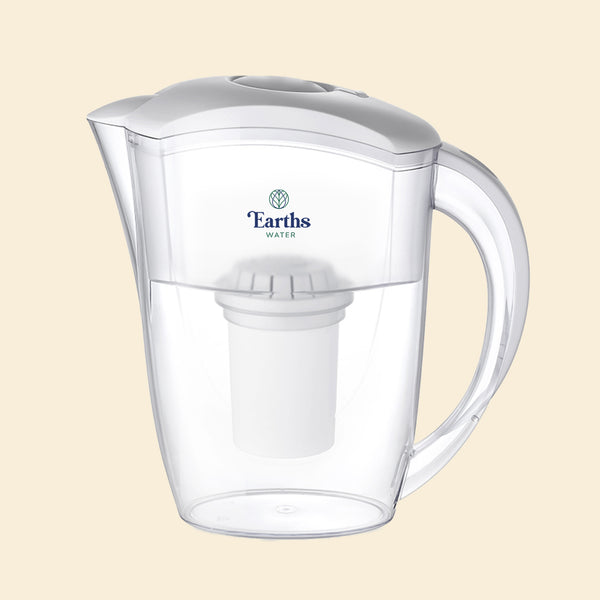

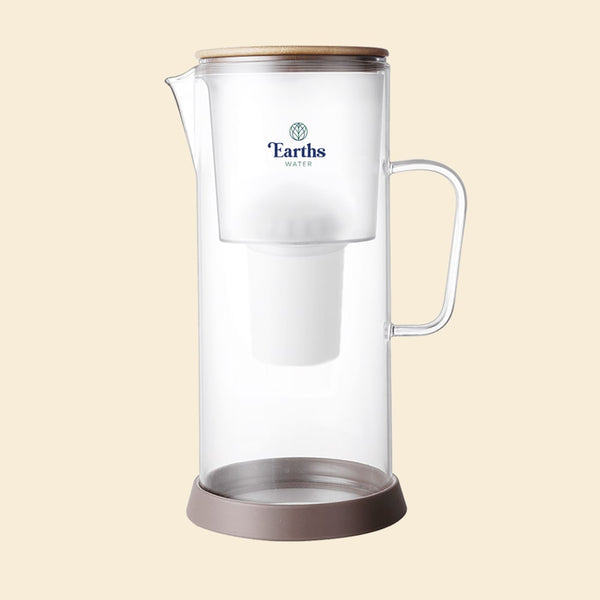
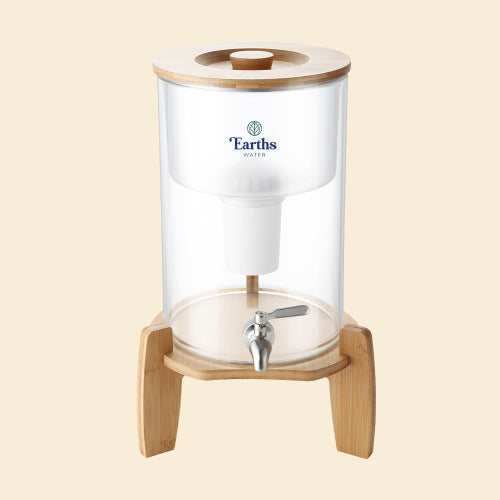
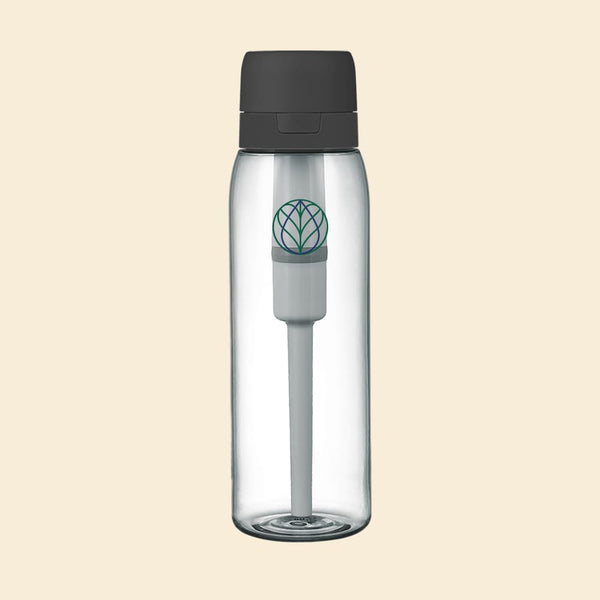

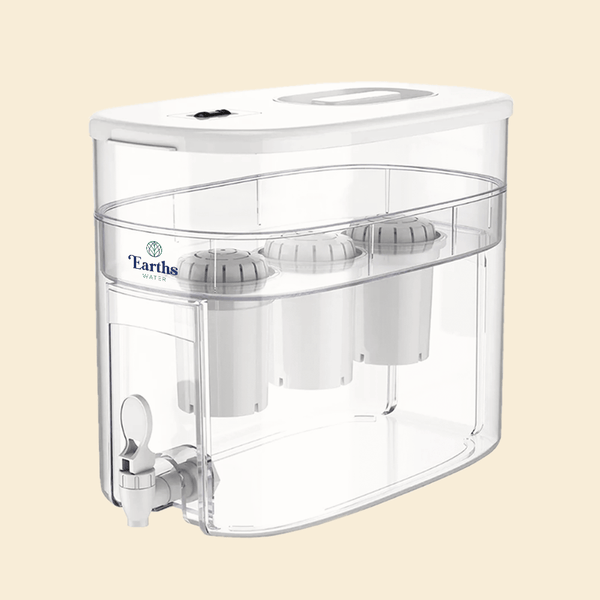
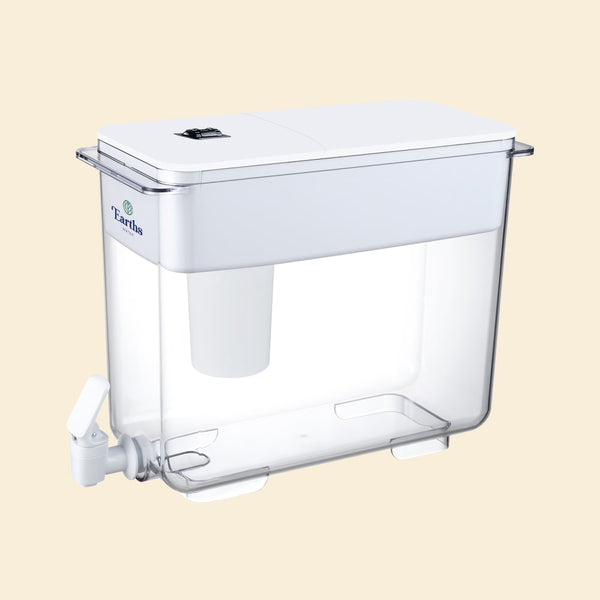
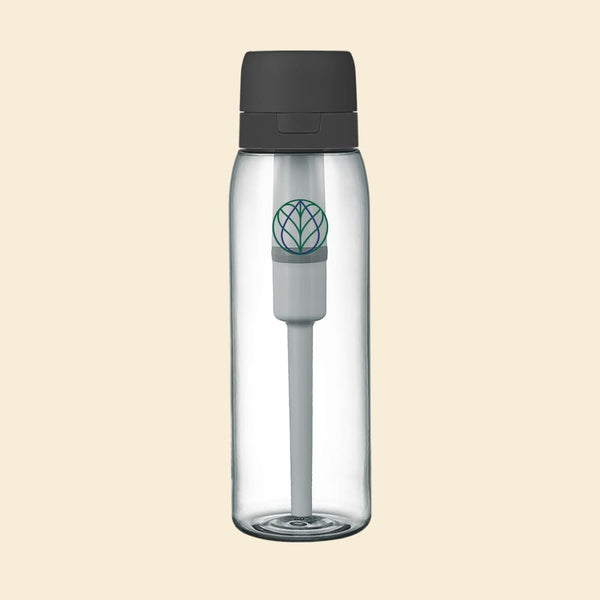
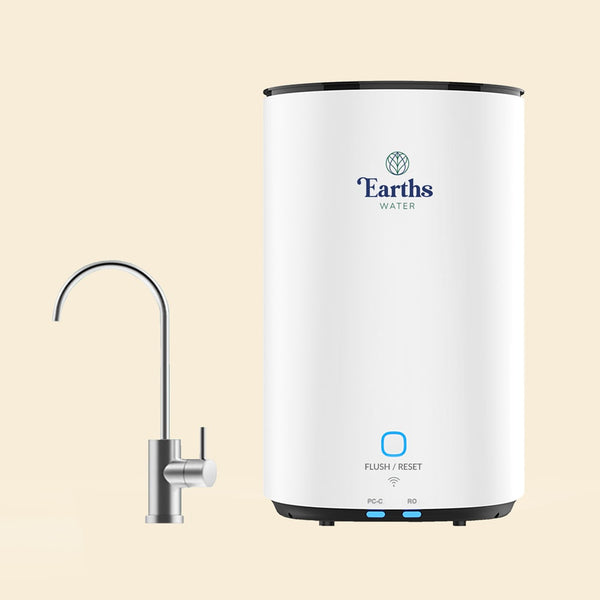
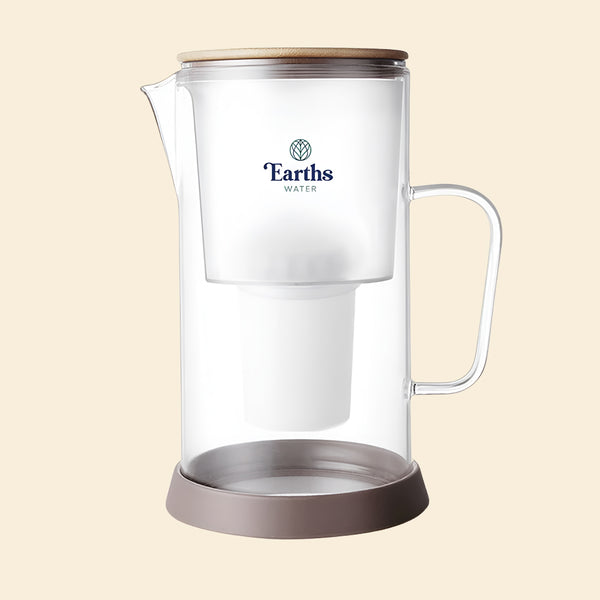
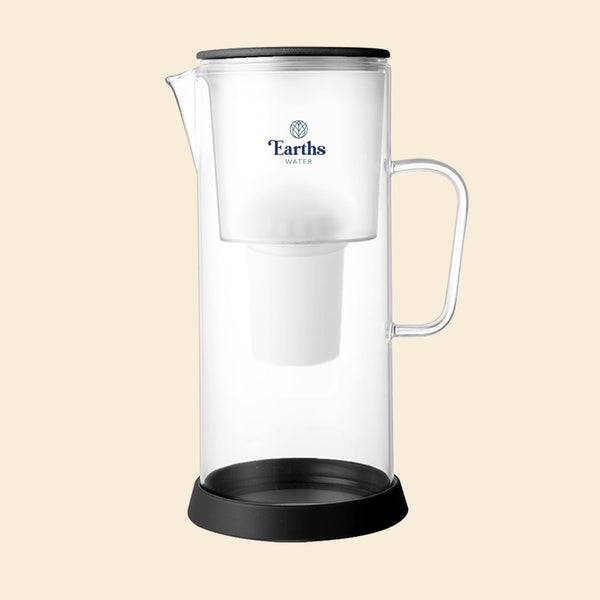
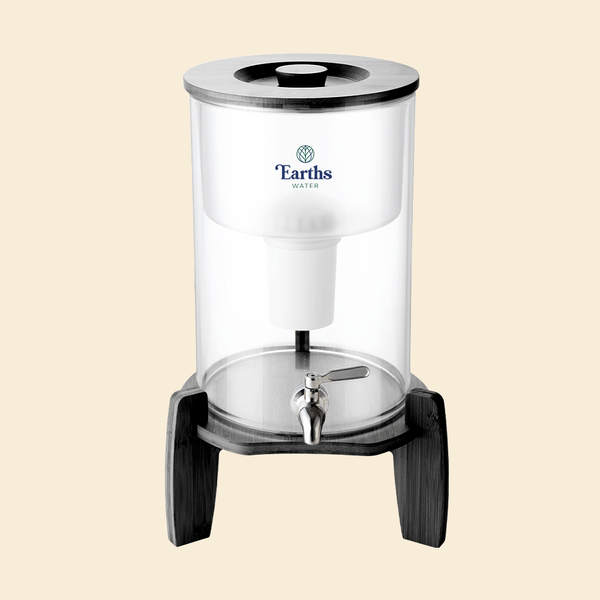
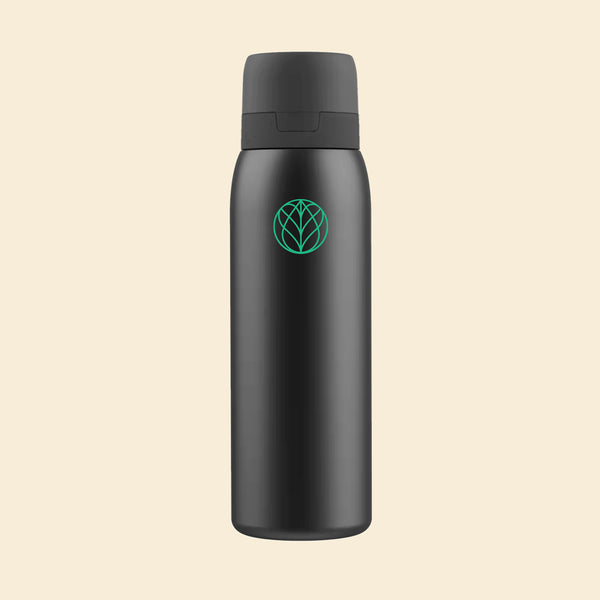
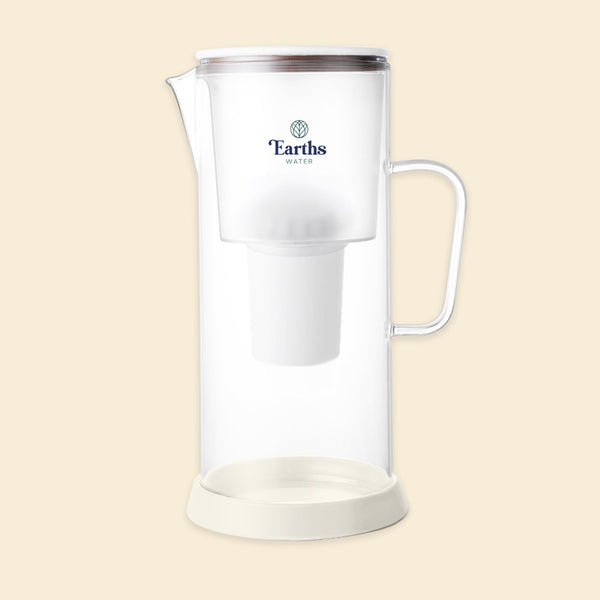
![9L Glass Benchtop Alkaline Water Filter - Eco Acacia [LIMITED EDITION]](http://earthswater.co.nz/cdn/shop/files/ACACIA-BENCHTOP-FRONT-BEIGE_600x600.png?v=1743392740)
